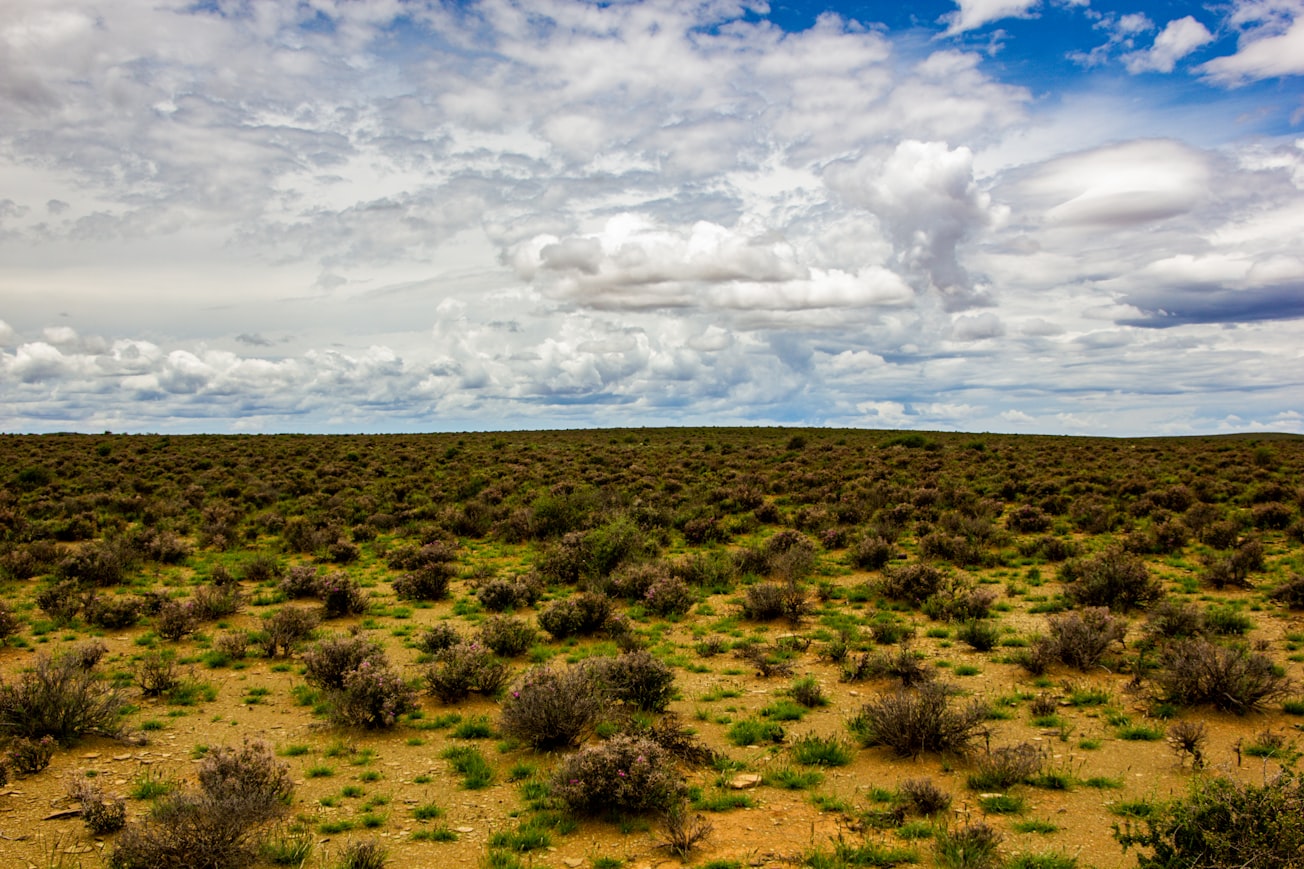What is it about?
Information available in the environment allows us to forecast what to expect in the next hour, and also days, weeks or months ahead. Forecasts are subject to uncertainty, but still very useful. Not only humans use information to forecast events or conditions, animals do it, and also plants! The methods and concepts of Sensory Ecology have been rarely applied to plants, but are very useful to understand the role played by different sensory systems in the sucess of plants as the organisms that constitute more than 80% of the total biomass on Earth.
Featured Image

Photo by Juanita Swart on Unsplash
Why is it important?
Describing the molecular mechanisms involved in sensing the environment without considering the role they play in enhancing the success of plants in the environments where they have evolved is only half of the story, and is not very useful in itself. There are two reasons why need a holistic or integrated approach. 1. Plant responses to changes in the environment have two drivers: resources and information. Plants have evolved to use correlations as sources of information: using sensing of one variable to forecast the future state of a different one. If a change in the environment does not alter the historical correlations, plants are likely to tolerate the new conditions unless changes are extreme. In contrast smaller changes in environmental conditions that disturb historical correlations are likely be highly detrimental by triggering "wrong" responses. 2. For crop and tree breeders knowing the procedures needed to manipulate the sensory responses of plants is not enough, as it does not enable the prediction of the consequences of the manipulations outside the laboratory. Unless we understand the role played by the sensed conditions as sources of information, we remain blindfolded.
Perspectives
The ideas in this review required a long period of brewing and distillation. Exploration of ideas outside the authors' comfort zone was needed, even if both of us have a broad perspective on plants sciences and agriculture our forays into the animal ecology and evolution, sensory ecology and philosophy of biology literature played crucial roles. Our long-time familiarity with systems thinking and systems analysis was also important. Writing this paper was intellectually very rewarding. I shared the ideas in talks at workshops and seminars over several years and questions and feedback from the audience were very important in highlighting the "holes" in our analysis. The detailed and thoughtful comments from colleagues with whom we shared early versions of the manuscript and from the reviewers helped us present the ideas we propose not only in a more understandable way but also allowed us to significantly improve the models proposed. Overall, in my own opinion, this process was a good example of the rewards of sharing and discussing one's own ideas openly and widely before publication as well as to how a broad focus encompassing ideas from multiple research fields can lead to advances that are qualitatively different to those from more narrowly focused and time constrained research.
Dr. Pedro José Aphalo
Helsingin Yliopisto
Read the Original
This page is a summary of: Explaining pre-emptive acclimation by linking information to plant phenotype, Journal of Experimental Botany, December 2021, Oxford University Press (OUP),
DOI: 10.1093/jxb/erab537.
You can read the full text:
Contributors
The following have contributed to this page










